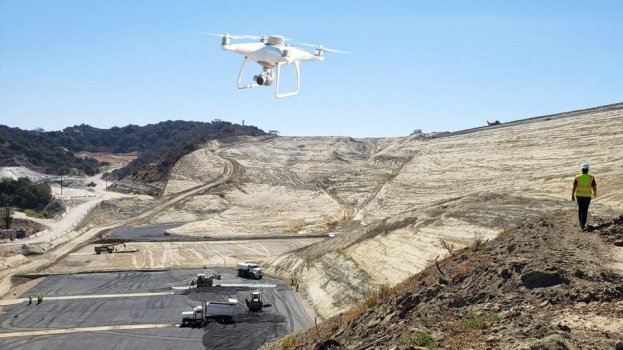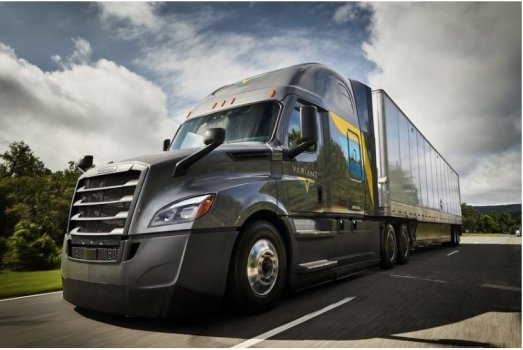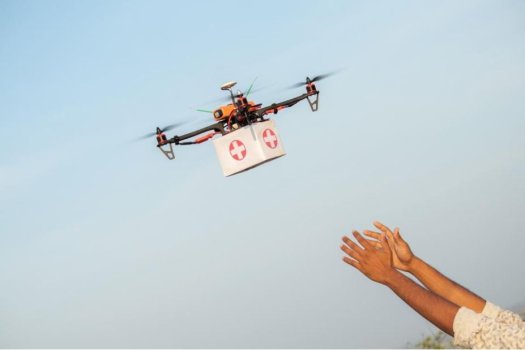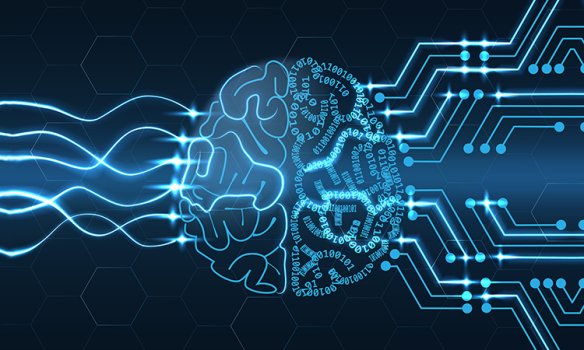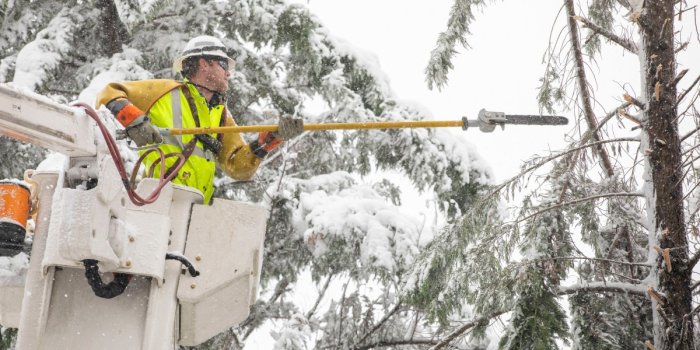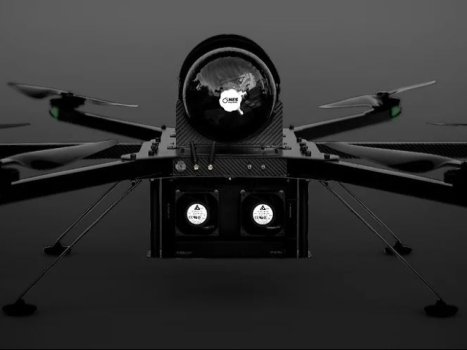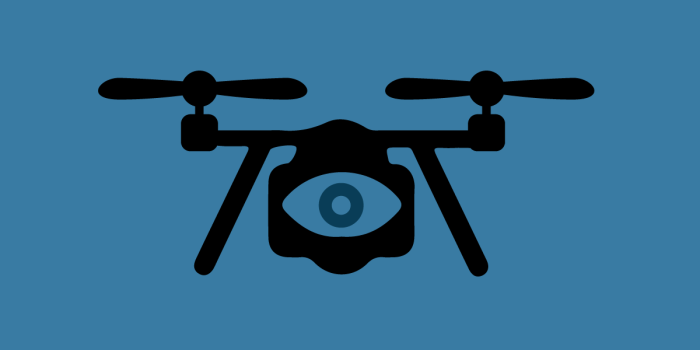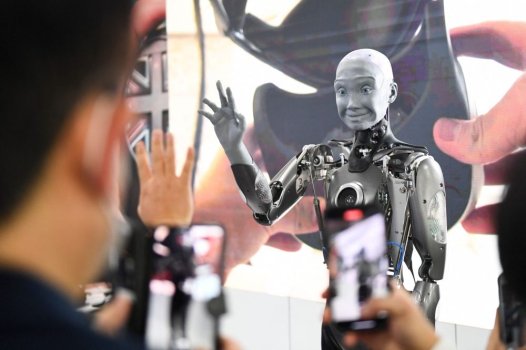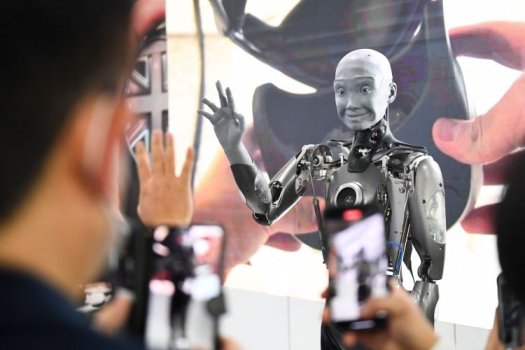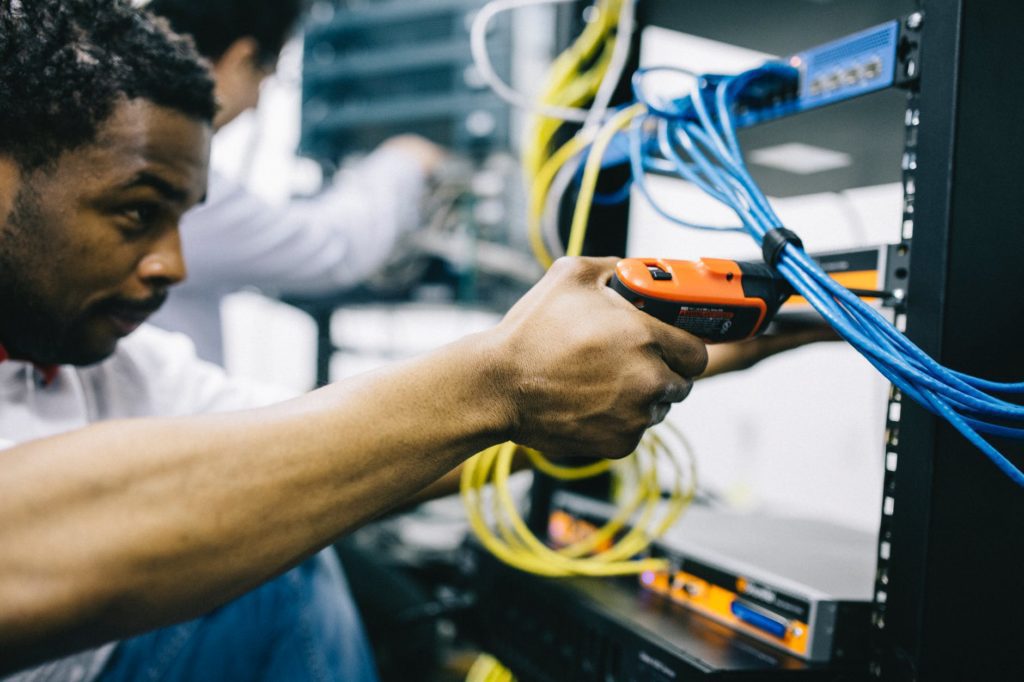Edge to Core Networking is Critical for IoT Devices, AI and Automation
- Technology Solutions
- 0 Replies
Edge compute and edge networking is gaining rapid traction. The emergence of millions of IoT sensors and devices is producing enormous amounts of critical data, forcing businesses to move heuristical services closer to where the data is being generated. The ability to capture more data is being enabled by technology evolutions like 5G, Wifi6, and expansion of national fiber networks.
Workloads are becoming more distributed to support new generation apps and broader use of Machine Learning and AI to help make real-time decisions. Ultimately, these services connect back to larger scale data centers, but the immediate data capture and connectivity happens very near the end sensor or application. According to IDC, by 2023 more than 50% of new enterprise IT infrastructure deployed will be at the edge. Data can be lost forever at the edge, making solid architecture to enable edge technologies important considerations.
The edge is critical to locally managing immediate data and controls, but the delivery from the edge to the core (and back to the edge) will be just as critical. Network connectivity will need to be scalable at massive amounts that were inconceivable three to five years ago. The ability to bring analytical data and content back and forth from large core data centers to the near-edge or far-edge will require 100 Gbps (if not Tbps) or more of backbone capability.
That is more difficult than it sounds. In fact, it’s really complicated and confusing for the average enterprise. Add the challenges of getting the data from the edge to the core and back again and you find that a complex ecosystem of multiple players are required to make an edge deployment successful. There’s also a consideration of how latency impacts applications; what is close enough or not? If only 2-3% of edge data needs to be stored, how do you decide what data is important?
Emerging edge applications are very latency sensitive. These decisions need to be made locally to save time, for example, to turn off manufacturing equipment due to a safety issue that could injure an employee. Or process audio data within a city to detect a gun shot and vector video cameras and emergency responders quickly, gathering critical data at the scene. Or perhaps a manufacturing or logistics service is building a local cost effective 5G network to enable it’s IoT services, without the additional expense of paying national 5G public providers.
Continue reading: https://datacenterfrontier.com/edge-to-core-networking-is-critical-for-iot-devices-ai-and-automation/
Workloads are becoming more distributed to support new generation apps and broader use of Machine Learning and AI to help make real-time decisions. Ultimately, these services connect back to larger scale data centers, but the immediate data capture and connectivity happens very near the end sensor or application. According to IDC, by 2023 more than 50% of new enterprise IT infrastructure deployed will be at the edge. Data can be lost forever at the edge, making solid architecture to enable edge technologies important considerations.
The edge is critical to locally managing immediate data and controls, but the delivery from the edge to the core (and back to the edge) will be just as critical. Network connectivity will need to be scalable at massive amounts that were inconceivable three to five years ago. The ability to bring analytical data and content back and forth from large core data centers to the near-edge or far-edge will require 100 Gbps (if not Tbps) or more of backbone capability.
That is more difficult than it sounds. In fact, it’s really complicated and confusing for the average enterprise. Add the challenges of getting the data from the edge to the core and back again and you find that a complex ecosystem of multiple players are required to make an edge deployment successful. There’s also a consideration of how latency impacts applications; what is close enough or not? If only 2-3% of edge data needs to be stored, how do you decide what data is important?
Emerging edge applications are very latency sensitive. These decisions need to be made locally to save time, for example, to turn off manufacturing equipment due to a safety issue that could injure an employee. Or process audio data within a city to detect a gun shot and vector video cameras and emergency responders quickly, gathering critical data at the scene. Or perhaps a manufacturing or logistics service is building a local cost effective 5G network to enable it’s IoT services, without the additional expense of paying national 5G public providers.
Continue reading: https://datacenterfrontier.com/edge-to-core-networking-is-critical-for-iot-devices-ai-and-automation/



